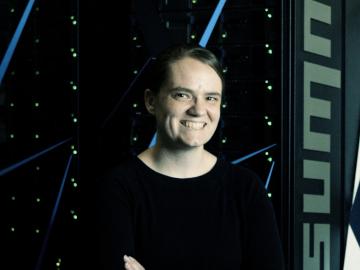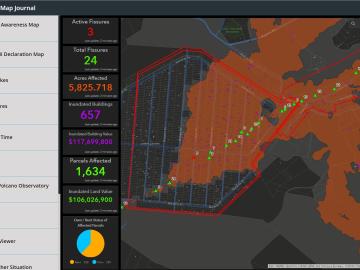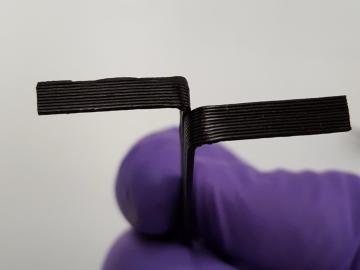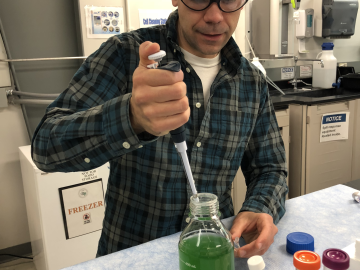
Filter News
Area of Research
News Type
Date
News Topics
- 3-D Printing/Advanced Manufacturing (2)
- Big Data (1)
- Biology (1)
- Biomedical (2)
- Clean Water (1)
- Composites (1)
- Computer Science (4)
- Critical Materials (1)
- Cybersecurity (1)
- Energy Storage (1)
- Environment (2)
- Fusion (3)
- Grid (1)
- Isotopes (1)
- Materials Science (8)
- Mercury (1)
- Microscopy (3)
- Molten Salt (3)
- Nanotechnology (6)
- Neutron Science (5)
- Nuclear Energy (6)
- Physics (5)
- Polymers (3)
- Quantum Science (1)
- Security (3)
- Space Exploration (1)
- Transportation (4)
Media Contacts


As leader of the RF, Communications, and Cyber-Physical Security Group at Oak Ridge National Laboratory, Kerekes heads an accelerated lab-directed research program to build virtual models of critical infrastructure systems like the power grid that can be used to develop ways to detect and repel cyber-intrusion and to make the network resilient when disruption occurs.

Chang-Hong Yu of the Department of Energy’s Oak Ridge National Laboratory fell in love with running in 2008 and has since completed 38 marathons or longer-distance races. Her passion for long-distance races serves her well chasing neutrinos—electrically neutral subatomic particles th...

If you try to visually represent a spiking neural network, a type of machine learning model, what you often get is an inextricable three-dimensional spiderweb of flashing dots and lines. This visual complexity masks a deeper dynamism, though, as the tangled mass is actually an ever-ch...


An Oak Ridge National Laboratory–led team has developed super-stretchy polymers with amazing self-healing abilities that could lead to longer-lasting consumer products.

A scalable processing technique developed by Oak Ridge National Laboratory uses plant-based materials for 3D printing and offers a promising additional revenue stream for biorefineries.



When Michael Starke leaves the lab each day, he continues his work, in a sense, at home. The power systems engineer is developing methods to precisely control building electrical loads—and in his off hours, he has automated his own home with upwards of 90 smart devices to manage everything from heat...


